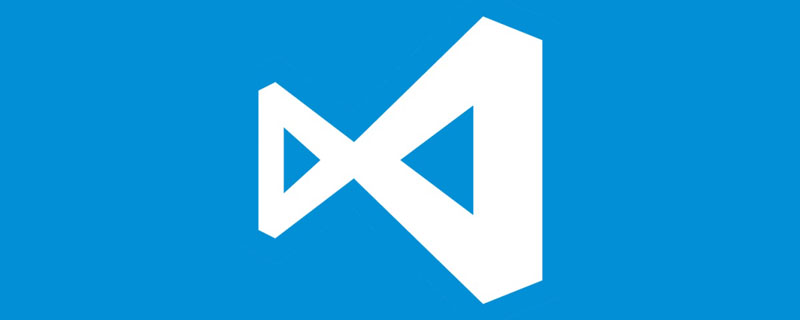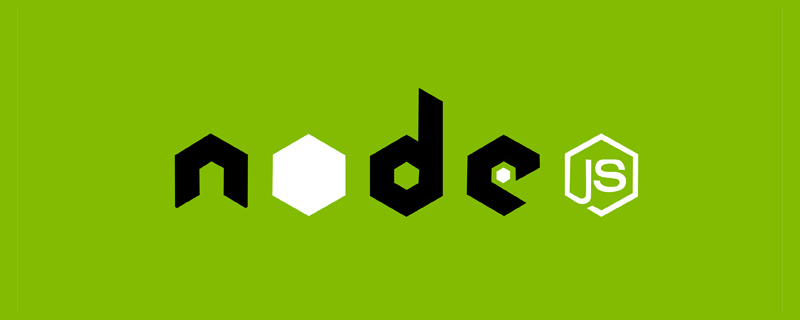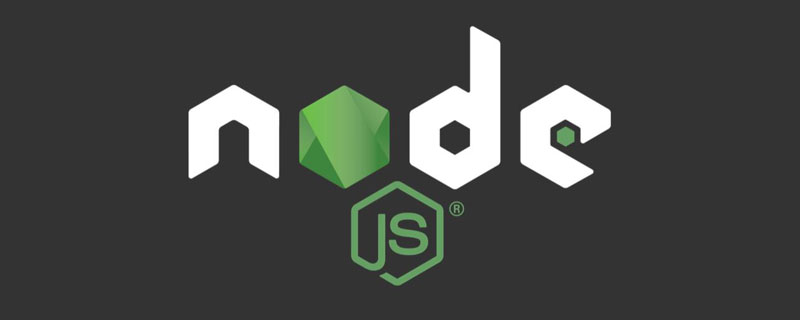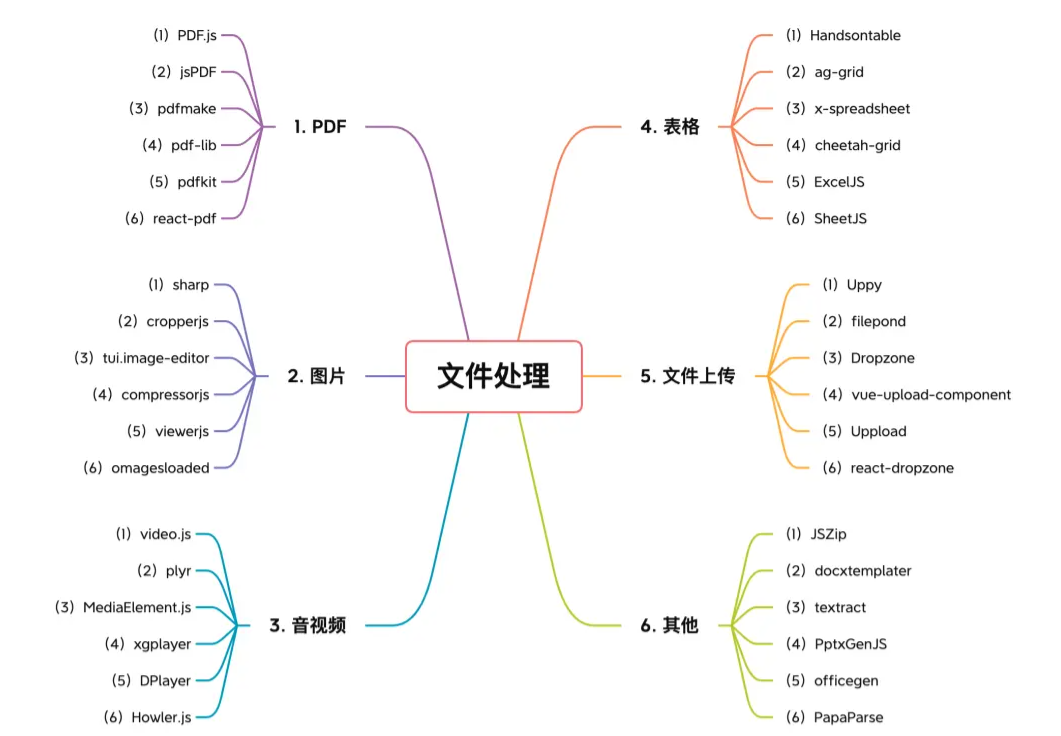 Web Front-end
Web Front-end CSS Tutorial
CSS Tutorial From beginner to professional: Master these five front-end CSS frameworks
From beginner to professional: Master these five front-end CSS frameworks
CSS is an important part of website design, it controls the appearance and layout of the website. Front-end developers usually use CSS frameworks to make their pages more beautiful and easier to use. This article will take you through these five front-end CSS frameworks, from beginner to proficient.
- Bootstrap
Bootstrap is one of the most popular CSS frameworks. Developed by Twitter, it features a customizable responsive grid system, rich preset styles, JavaScript plug-ins, and reusable components. This framework is designed to quickly design beautiful websites.
Bootstrap is an easy-to-use framework with documentation that explains every component and style in detail. It also has an active community and many useful resources and tutorials can be easily found online. Getting started with Bootstrap is as simple as downloading and linking the CSS and JavaScript files to your HTML file.
- Foundation
Similar to Bootstrap, Foundation is also a popular responsive framework. Developed by Zurb, it features a customizable grid system, UI components, and JavaScript plugins. The main features of this framework are ease of customization and adaptability.
Foundation's documentation details all its parts, including its basic components and utilities. The framework also provides powerful responsive design tools to help you customize your website layout. Compared to Bootstrap, getting started with Foundation is slightly more difficult, but it is still one of the important frameworks for understanding modern front-end development.
- Semantic UI
The Semantic UI framework focuses on helping you build pages that are easy to understand and extend by using meaningful class names. The framework provides a powerful, interoperable component library to make development faster.
Semantic UI's documentation is very detailed and includes all existing components and their general purpose, allowing you to understand how to use them and how to extend them in your own projects. The API of this framework is clear and easy to understand, making it easier for novices to get started.
- Bulma
Bulma is a modern CSS framework based on Flexbox that provides a simple, easy-to-use solution for building beautiful, responsive websites. Following modern design principles, it has almost zero style overrides, making it easy to customize and modify styles.
Bulma’s documentation is also very detailed, explaining all CSS classes and components in it. The syntax of this framework is easy to understand, allowing developers to develop more quickly. Unlike frameworks such as jQuery, Bulma does not use JavaScript, which also makes it a good choice, especially when page performance is more important.
- Materialize
As a Google Material Design-style CSS framework, Materialize simplifies design on multiple devices and improves user experience. Like other frameworks, it provides many predefined CSS classes, grid systems, and JavaScript plugins that can be easily integrated into your projects.
Materialize's API is extremely simple, and there are many resources for reference. You can find various styles and elements in its documentation, such as forms, cards, and navigation bars, and they are all Material Design style. This frame is a great choice if you prefer a light-colored template.
Summary
All these frameworks can help developers build beautiful websites quickly. Bootstrap and Foundation are the most popular frameworks, and have abundant documentation and resources for reference. However, Semantic UI, Bulma, and Materialize are all great options because they are easily customizable and extensible, and developers don’t need to write CSS from scratch. Whether you want to become a novice user or a professional developer, these frameworks will help make your work more efficient and enjoyable.
The above is the detailed content of From beginner to professional: Master these five front-end CSS frameworks. For more information, please follow other related articles on the PHP Chinese website!
 5个常见的JavaScript内存错误Aug 25, 2022 am 10:27 AM
5个常见的JavaScript内存错误Aug 25, 2022 am 10:27 AMJavaScript 不提供任何内存管理操作。相反,内存由 JavaScript VM 通过内存回收过程管理,该过程称为垃圾收集。
 实战:vscode中开发一个支持vue文件跳转到定义的插件Nov 16, 2022 pm 08:43 PM
实战:vscode中开发一个支持vue文件跳转到定义的插件Nov 16, 2022 pm 08:43 PMvscode自身是支持vue文件组件跳转到定义的,但是支持的力度是非常弱的。我们在vue-cli的配置的下,可以写很多灵活的用法,这样可以提升我们的生产效率。但是正是这些灵活的写法,导致了vscode自身提供的功能无法支持跳转到文件定义。为了兼容这些灵活的写法,提高工作效率,所以写了一个vscode支持vue文件跳转到定义的插件。
 Node.js 19正式发布,聊聊它的 6 大特性!Nov 16, 2022 pm 08:34 PM
Node.js 19正式发布,聊聊它的 6 大特性!Nov 16, 2022 pm 08:34 PMNode 19已正式发布,下面本篇文章就来带大家详解了解一下Node.js 19的 6 大特性,希望对大家有所帮助!
 聊聊如何选择一个最好的Node.js Docker镜像?Dec 13, 2022 pm 08:00 PM
聊聊如何选择一个最好的Node.js Docker镜像?Dec 13, 2022 pm 08:00 PM选择一个Node的Docker镜像看起来像是一件小事,但是镜像的大小和潜在漏洞可能会对你的CI/CD流程和安全造成重大的影响。那我们如何选择一个最好Node.js Docker镜像呢?
 【6大类】实用的前端处理文件的工具库,快来收藏吧!Jul 15, 2022 pm 02:58 PM
【6大类】实用的前端处理文件的工具库,快来收藏吧!Jul 15, 2022 pm 02:58 PM本篇文章给大家整理和分享几个前端文件处理相关的实用工具库,共分成6大类一一介绍给大家,希望对大家有所帮助。


Hot AI Tools

Undresser.AI Undress
AI-powered app for creating realistic nude photos

AI Clothes Remover
Online AI tool for removing clothes from photos.

Undress AI Tool
Undress images for free

Clothoff.io
AI clothes remover

AI Hentai Generator
Generate AI Hentai for free.

Hot Article

Hot Tools

WebStorm Mac version
Useful JavaScript development tools

SAP NetWeaver Server Adapter for Eclipse
Integrate Eclipse with SAP NetWeaver application server.

MantisBT
Mantis is an easy-to-deploy web-based defect tracking tool designed to aid in product defect tracking. It requires PHP, MySQL and a web server. Check out our demo and hosting services.

SublimeText3 Chinese version
Chinese version, very easy to use

Dreamweaver Mac version
Visual web development tools







